Châteauneuf-du-Pape is a wine region located in southeastern France, within the Vaucluse department. The region is famous for its bold and full-bodied red wines, which are largely made from the classic southern Rhône grape trio of Grenache, Syrah, and Mourvèdre. In fact, the region makes both red and white wines with up to 13 different grapes, though unofficially, there are 20 varieties used in the region.
The history of Châteauneuf-du-Pape is firmly entwined with papal history, as the name translates to “The Pope’s new castle.” The region has a long and storied history of wine production, with vineyards dating back to the 14th century. Today, Châteauneuf-du-Pape is the largest appellation in the Rhône, with more than 8,000 acres under vine, and it produces only two wines: a red Châteauneuf-du-Pape, which represents 94% of the production, and a white Châteauneuf-du-Pape, which represents the remaining 6%.
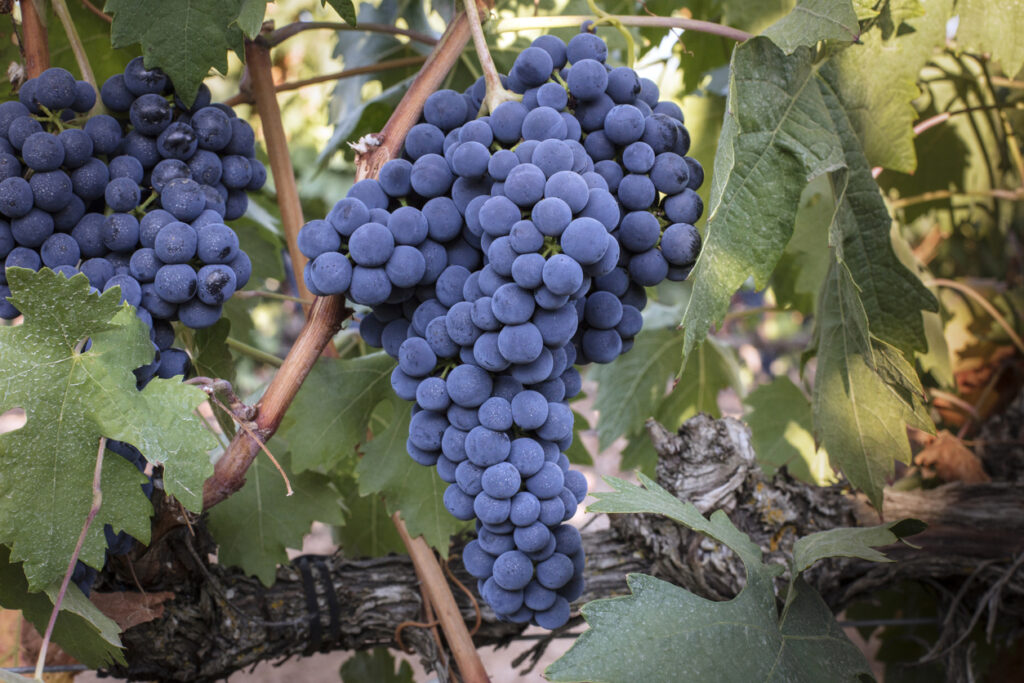
If you’re a wine lover, Châteauneuf-du-Pape is a region you won’t want to miss. With its rich history, unique grape varieties, and bold, full-bodied wines, it’s no wonder that Châteauneuf-du-Pape is considered one of the most prestigious wine regions in the world.
Location
Geography
Châteauneuf-du-Pape is a small village located in the Vaucluse department of southeastern France. The wine region covers an area of approximately 3,200 hectares and is situated between the towns of Orange and Avignon. The vineyards are planted on a plateau and slopes of a hill, which is dominated by the ruins of a medieval castle. The soil is composed of a mix of large round stones, sand, and clay, which is ideal for growing grapes.
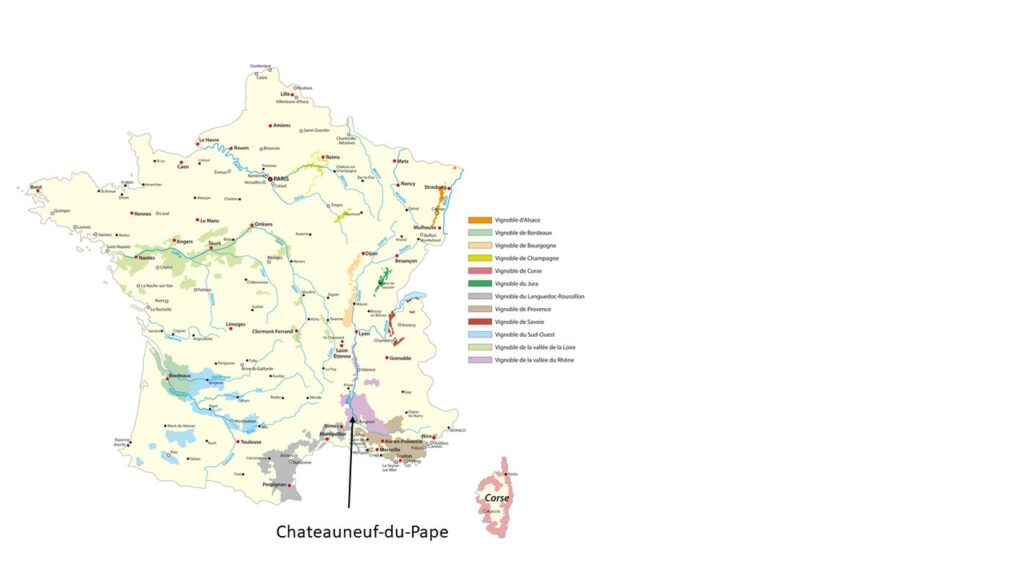
Climate
The climate in Châteauneuf-du-Pape is Mediterranean, with hot summers and mild winters. The area benefits from the mistral wind, which helps to keep the vines dry and healthy. The average temperature during the growing season is around 25°C, which is perfect for ripening the grapes. The vineyards receive an average of 2,800 hours of sunshine per year, which is one of the highest in France.
The region experiences occasional rainfall during the growing season, which helps to nourish the vines. However, too much rain can be detrimental to the quality of the grapes. The harvest usually takes place in September and October, and the weather during this time is crucial for the quality of the wine.
In conclusion, the location of Châteauneuf-du-Pape is ideal for growing grapes, with its unique soil composition and Mediterranean climate. The vineyards benefit from the mistral wind, which helps to keep the vines healthy, and the region receives an average of 2,800 hours of sunshine per year.
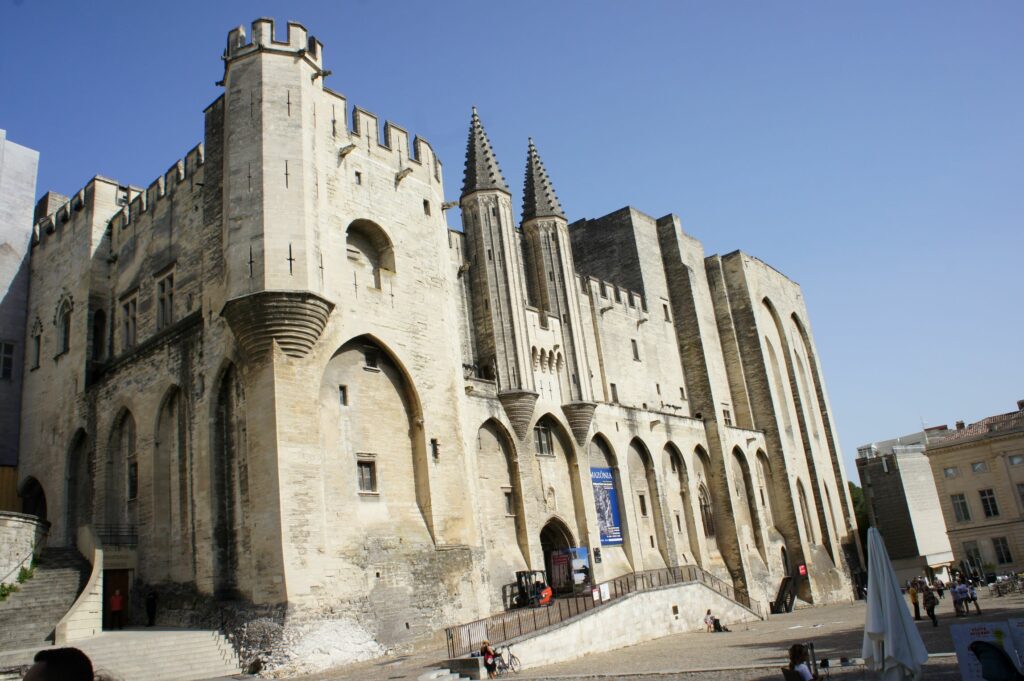
History
Châteauneuf-du-Pape has a rich history that dates back to the 14th century when the popes moved to Avignon and made the village their summer residence. The papacy helped to establish the reputation of the wine by granting it the rank of “Vin du Pape,” which opened the doors to the great European courts.
In the early 20th century, Châteauneuf-du-Pape was plagued by wine fraud. To combat this problem, various rules for the production of Châteauneuf-du-Pape were drawn up and promulgated in 1923, making it the first Appellation Contrôlée (AOC) in France. These rules provided the prototype for subsequent AOC rules.
Châteauneuf-du-Pape has a long tradition of winemaking, and the region’s vineyards have been cultivated for centuries. The soil is rich in limestone, clay, and sand, which is ideal for growing grapes. The region is known for its bold Grenache-based red blends, but officially, the region makes both red and white wines with up to 13 different grapes. Unofficially, there are 20 varieties used in the region.
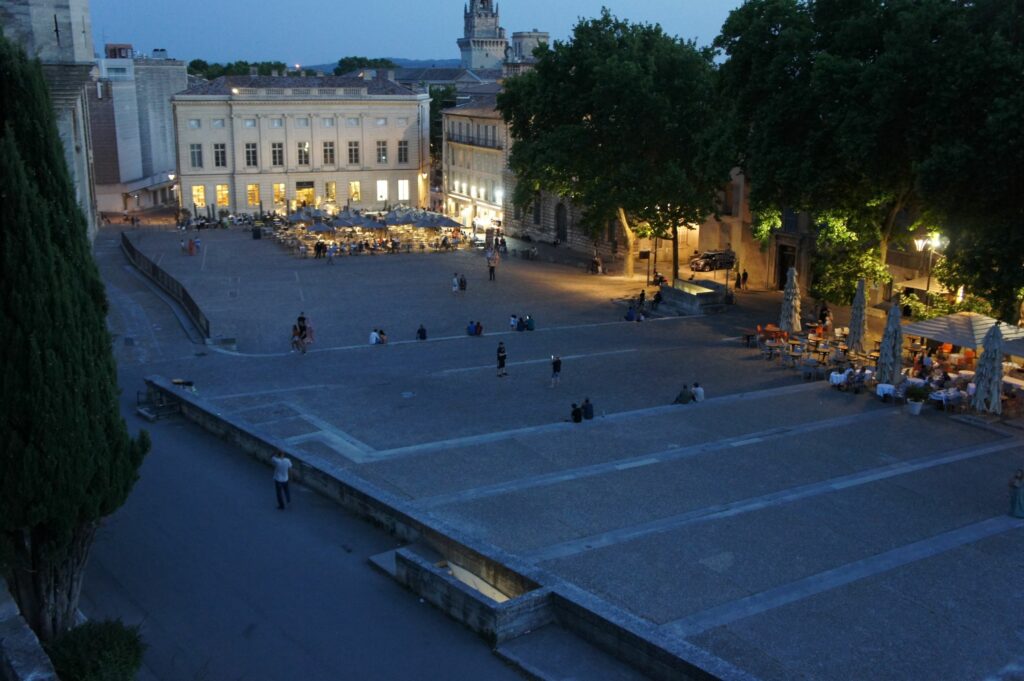
The village of Châteauneuf-du-Pape has several historic buildings that are associated with the wine industry. The oldest building in the village is the castle of the popes, which is certainly at the origin of its creation. The Pierre de Luxembourg chapel, built in the eighteenth century, and the Tour de l’Hers, built in the twelfth century, are also associated with the wine industry. These buildings have been listed as monumental historic buildings or historic monuments.
Grapes
Châteauneuf-du-Pape is known for its diverse range of grape varieties used in winemaking. The region officially permits up to 13 different grape varieties for both red and white wines. However, unofficially, there are 20 varieties used in the region.
The permitted red grape varieties include Grenache, Syrah, Mourvèdre, Cinsault, Clairette, Vaccarèse, and Counoise. These grape varieties are blended to create bold and full-bodied red wines. Grenache is the most widely planted grape variety in the region, accounting for approximately 70% of the total vineyard area.
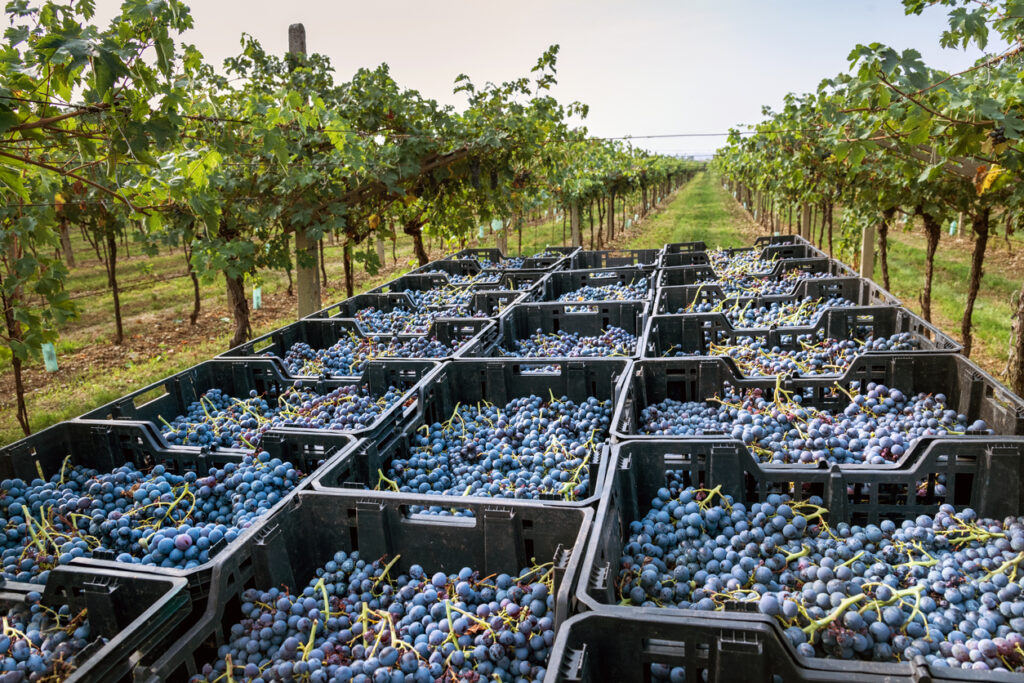
White wines from the region are made from a blend of Grenache Blanc, Roussanne, Bourboulenc, Clairette, and Picpoul. These wines are known for their floral aromas, crisp acidity, and flavors of stone fruit, citrus, and honey.
Winemakers in Châteauneuf-du-Pape have carefully selected these grape varieties over generations to prioritize quality. The region’s unique terroir and climate also play a significant role in the flavors and aromas of the wines produced.
Overall, Châteauneuf-du-Pape’s diverse range of grape varieties and winemaking techniques create a unique and complex wine that is highly sought after by wine enthusiasts around the world.
Winemaking
Châteauneuf-du-Pape is known for its bold and powerful red wines, made from a blend of up to 13 different grape varieties. The winemaking process for these wines is a delicate and complex process that requires careful attention to detail.
Harvesting
The first step in the winemaking process is harvesting the grapes. In Châteauneuf-du-Pape, the grapes are typically harvested by hand to ensure that only the best grapes are selected. The harvest usually takes place in September or October, depending on the weather conditions.
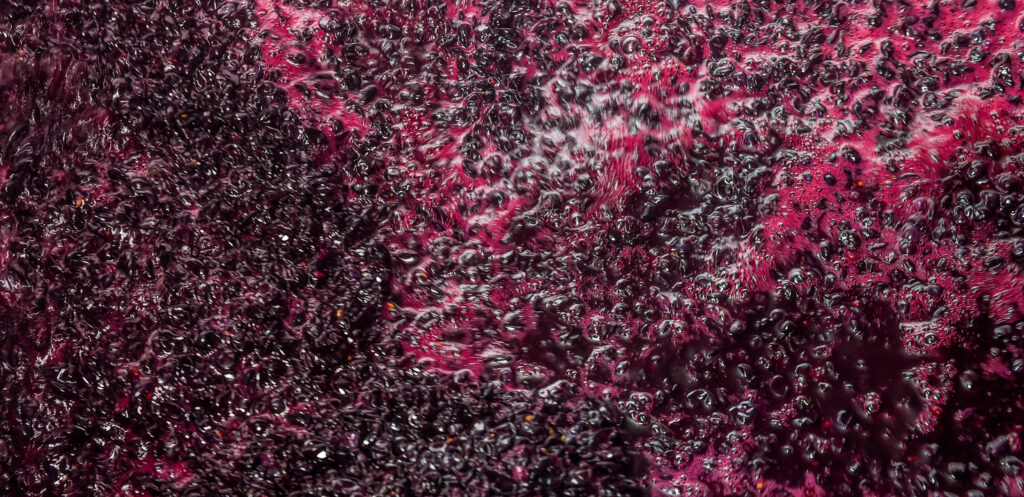
Fermentation
After the grapes are harvested, they are sorted and destemmed before being crushed. The juice and skins are then fermented together in stainless steel or concrete tanks for several weeks. During fermentation, the juice is regularly pumped over the skins to extract color, tannins, and flavor.
Aging
Once fermentation is complete, the wine is aged in oak barrels for up to 18 months. The type of oak used and the length of time the wine is aged can vary depending on the winemaker’s preference. After aging, the wine is bottled and aged for several more months before being released for sale.
In Châteauneuf-du-Pape, winemakers are known for their traditional winemaking techniques, which involve minimal intervention and a focus on terroir. This means that the wine reflects the unique characteristics of the vineyard where the grapes were grown.
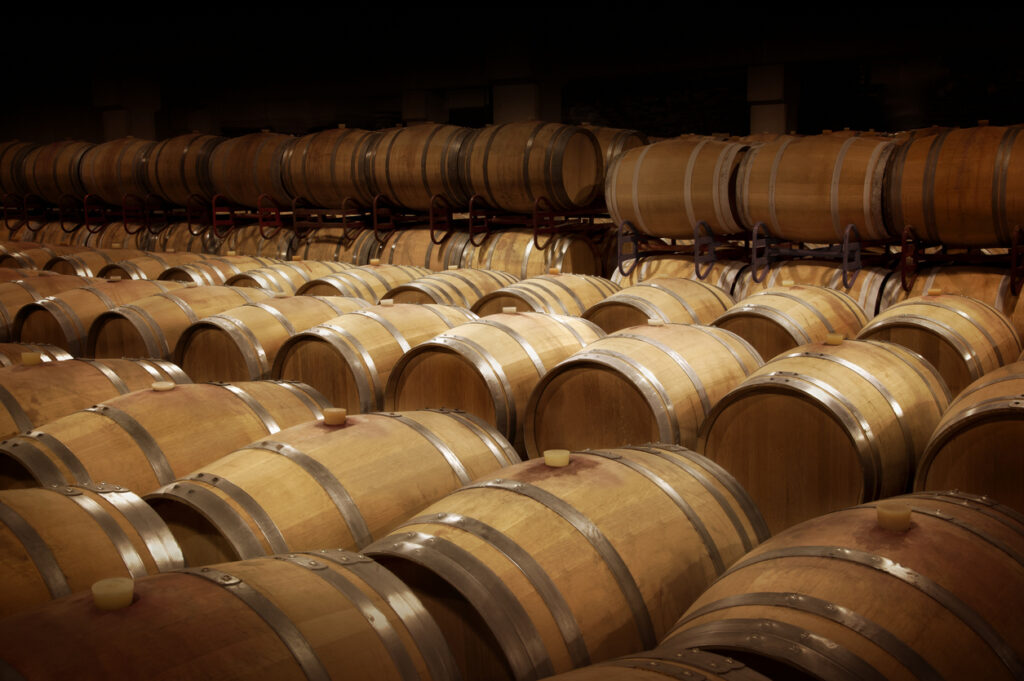
Overall, the winemaking process in Châteauneuf-du-Pape is a careful and meticulous process that results in some of the world’s most sought-after wines.
Wine Styles
Red Wines
Châteauneuf-du-Pape is best known for its bold, full-bodied red wines. These wines are typically made from a blend of Grenache, Syrah, and Mourvèdre grapes, although up to 13 different grape varieties are permitted in the region. The wines are known for their complex aromas and flavors, which can include notes of dark fruit, spice, and leather. They are often high in alcohol and tannins, which give them a long aging potential.
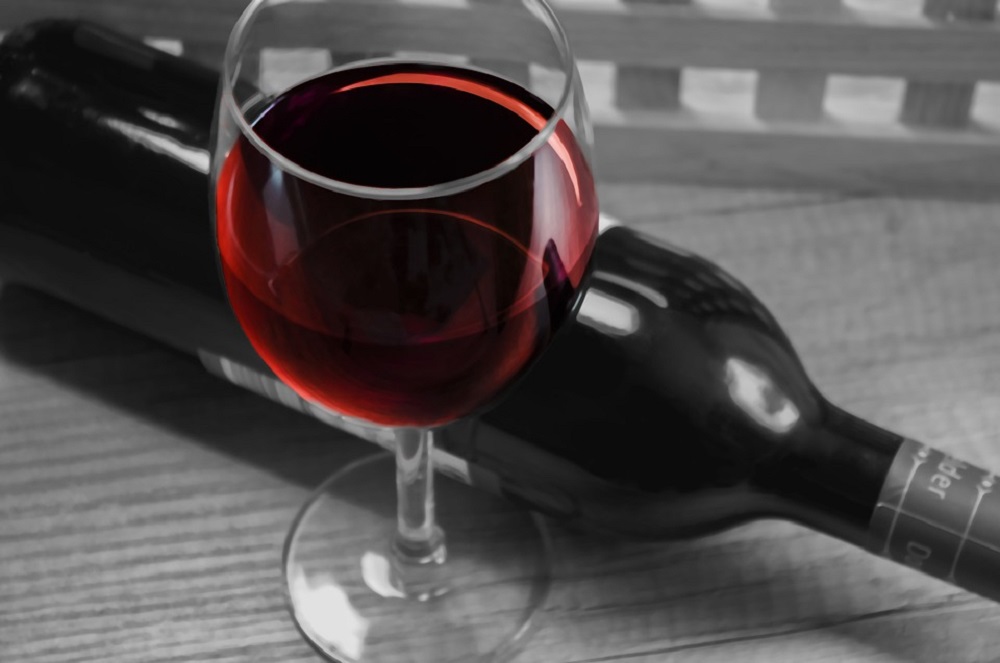
White Wines
While less well-known than the red wines, Châteauneuf-du-Pape also produces some excellent white wines. These wines are typically made from a blend of Grenache Blanc, Roussanne, and Clairette grapes, although up to four different white grape varieties are permitted in the region. The wines are known for their rich, full-bodied texture and complex flavors, which can include notes of honey, apricot, and almond.
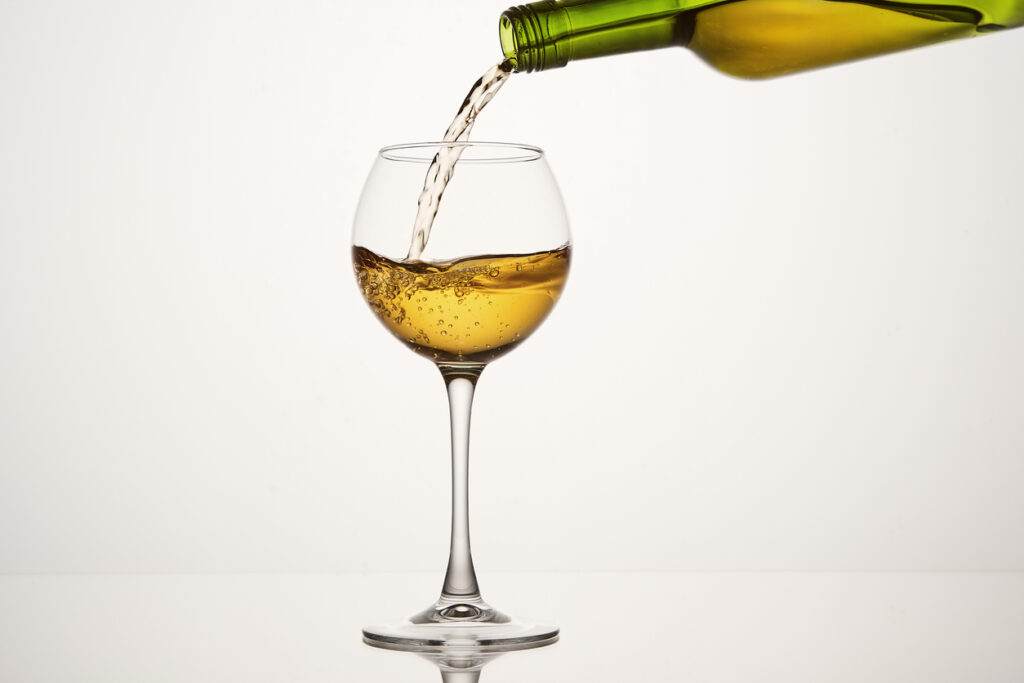
Rosé Wines
Châteauneuf-du-Pape also produces some excellent rosé wines. These wines are typically made from a blend of Grenache, Cinsault, and Mourvèdre grapes, although other grape varieties may also be used. The wines are known for their bright, refreshing acidity and delicate fruit flavors, which can include notes of strawberry, raspberry, and citrus.
Overall, the wines of Châteauneuf-du-Pape are known for their complexity, depth, and aging potential. While they can be expensive, they are generally considered to be excellent value for money given their quality and reputation.
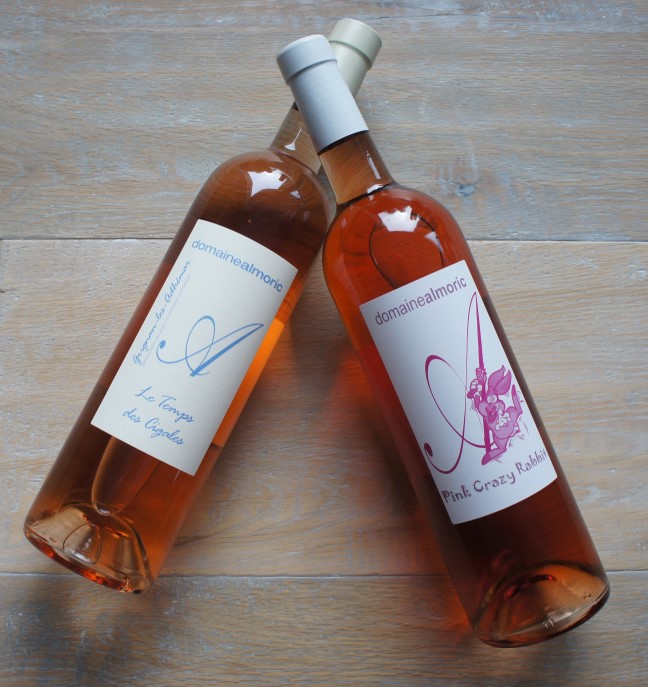
Notable Wineries
Châteauneuf-du-Pape is home to many notable wineries that produce some of the best wines in the region. Here are a few wineries that are worth visiting:
Château de Beaucastel
Château de Beaucastel is one of the most well-known wineries in Châteauneuf-du-Pape. It has been owned by the Perrin family since 1909 and produces some of the finest wines in the region. The winery is known for its traditional winemaking techniques and its commitment to producing high-quality wines. Visitors can take a tour of the winery and taste some of its wines in the tasting room.
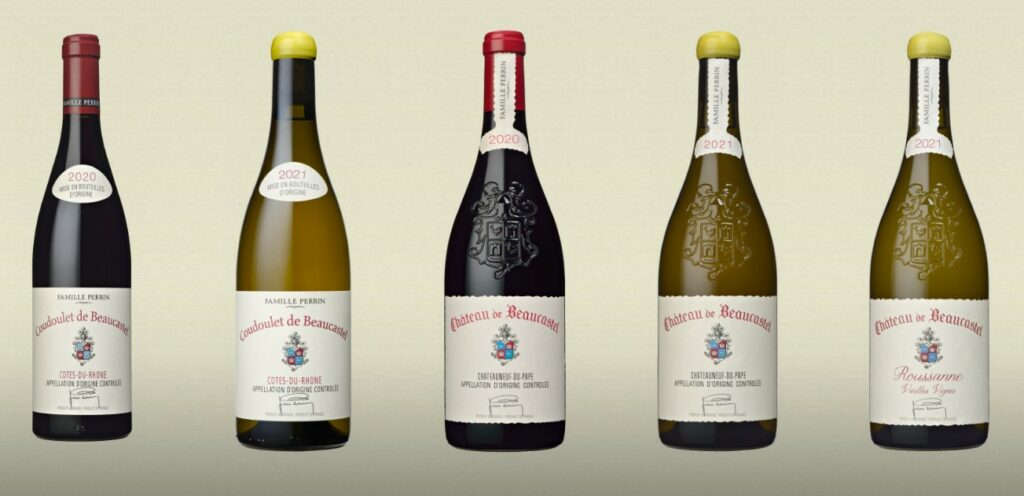
Domaine du Pegau
Domaine du Pegau is another renowned winery in Châteauneuf-du-Pape. It has been owned by the Féraud family since 1670 and is known for its full-bodied and complex wines. The winery produces both red and white wines, and visitors can taste its wines in the tasting room.
Domaine de la Janasse
Domaine de la Janasse is a family-owned winery that has been producing wines in Châteauneuf-du-Pape since 1973. The winery is known for its organic and biodynamic winemaking practices and its commitment to sustainability. Visitors can take a tour of the winery and taste its wines in the tasting room.
Château Rayas
Château Rayas is a small, family-owned winery that produces some of the most sought-after wines in Châteauneuf-du-Pape. The winery is known for its unique winemaking techniques and its commitment to producing wines that reflect the terroir of the region. Visitors must make an appointment to visit the winery and taste its wines.
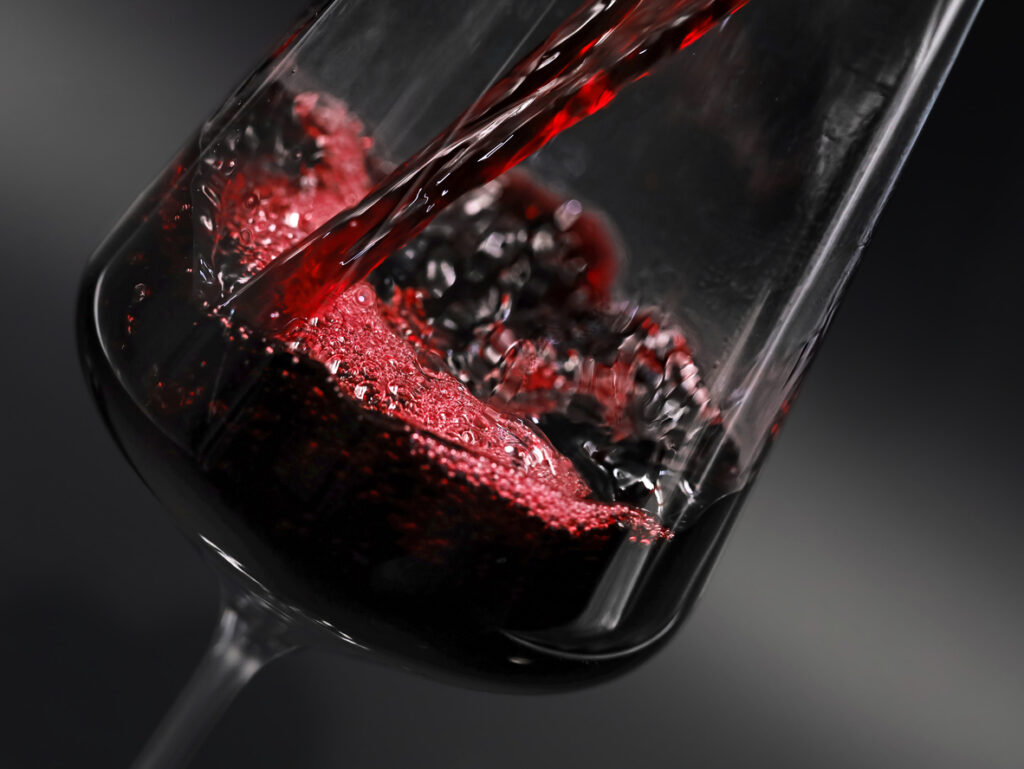
These are just a few of the notable wineries in Châteauneuf-du-Pape. Visitors to the region should also consider visiting other wineries, such as Domaine de la Mordorée, Clos des Papes, and Domaine du Vieux Télégraphe, to taste some of the best wines in the region.
Visiting the Region
Châteauneuf-du-Pape is a popular wine region in France, known for its bold Grenache-based red blends. If you’re planning a visit to the region, here’s what you need to know about tastings, tours, and accommodations.
Tastings
Wine tastings are a must-do activity when visiting Châteauneuf-du-Pape. There are many wineries in the region that offer tastings, and some even offer tours of their vineyards and cellars.
When planning your tastings, keep in mind that many wineries require reservations in advance. It’s also a good idea to research the wineries ahead of time to find the ones that best suit your preferences.
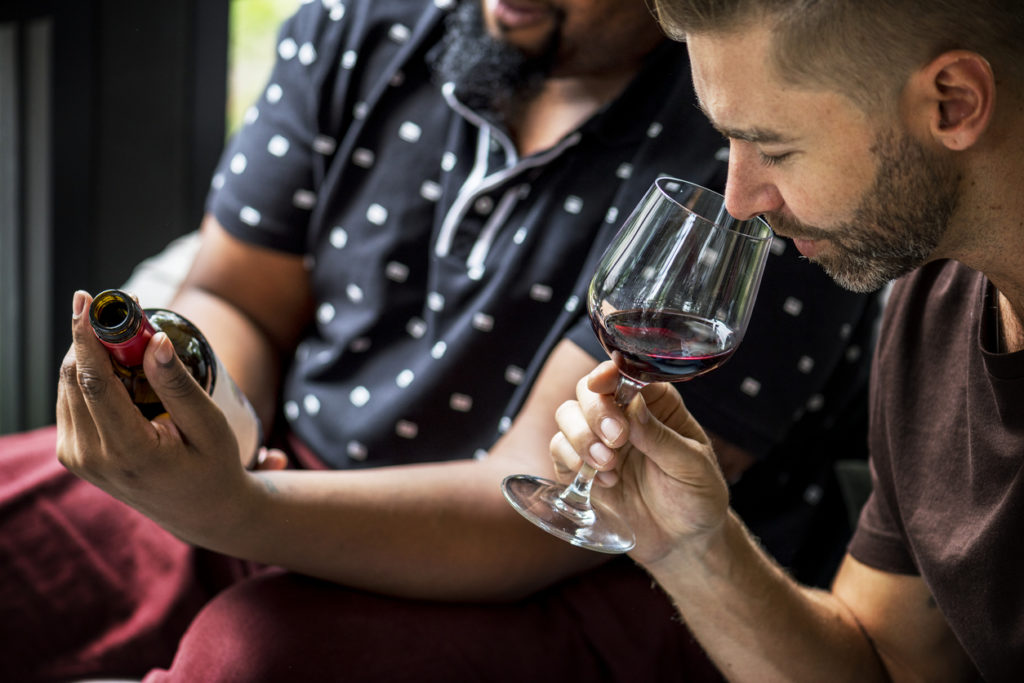
Tours
In addition to tastings, there are also many tours available in Châteauneuf-du-Pape. These tours can range from guided vineyard walks to full-day wine tours that visit multiple wineries.
One popular tour option is the electric bike tour, which allows visitors to explore the region at their own pace. Another option is the private tour, which can be customized to fit your specific interests and preferences.
Accommodations
There are many accommodations available in Châteauneuf-du-Pape, including hotels, bed and breakfasts, and vacation rentals. When choosing your accommodations, consider factors like location, amenities, and price.

Many visitors choose to stay in Avignon, a nearby city with a variety of accommodations and easy access to Châteauneuf-du-Pape. However, there are also many options within the wine region itself, including charming guesthouses and historic hotels.
Overall, visiting Châteauneuf-du-Pape is a must-do for any wine lover. With its beautiful vineyards, delicious wines, and charming accommodations, it’s the perfect destination for a wine-focused vacation.

